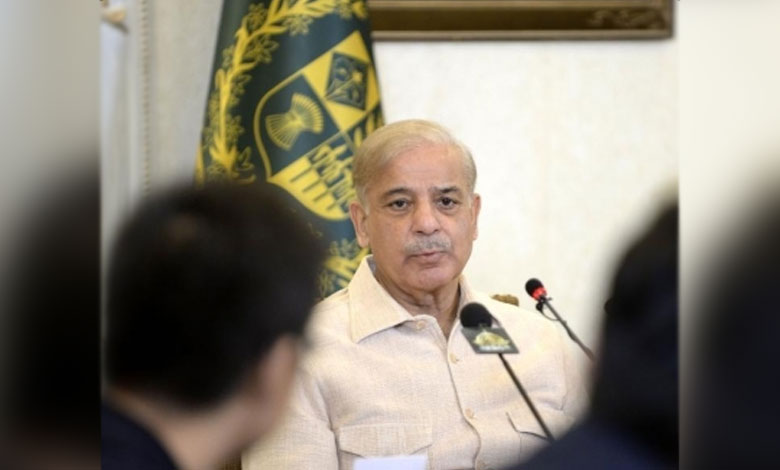Pakistan’s Trade Deficit Soars by 43.22%: A Shocking Surge in Imports and Exports
Pakistan's trade deficit with its neighboring countries has surged by 43.22% during the first half of the current fiscal year (July 2024 to June 2025), as reported by the State Bank of Pakistan (SBP).

Islamabad: Pakistan’s trade deficit with its neighboring countries has surged by 43.22% during the first half of the current fiscal year (July 2024 to June 2025), as reported by the State Bank of Pakistan (SBP). This widening trade gap is primarily driven by increased imports from China, India, and Bangladesh, according to the SBP’s latest data.
Table of Contents
Key Factors Driving the Trade Deficit
The trade deficit has been largely attributed to a rise in imports, particularly from China, India, and Bangladesh. Imports from these regional neighbors have significantly contributed to the deficit’s growth. However, Pakistan’s exports to Afghanistan, Bangladesh, and Sri Lanka have shown a marked increase, somewhat mitigating the overall decline in export figures.
Export Performance and Import Surge
Pakistan’s exports to the nine neighboring countries, including China, Afghanistan, Bangladesh, Sri Lanka, India, Iran, Nepal, Bhutan, and the Maldives, have seen a 7.85% growth, reaching a total of $2.40 billion during the July-December period. This increase compares to $2.23 billion in the same period last year. Despite this growth in exports, the surge in imports from these countries has been more significant, leading to an overall increase of 29.97% in imports, which reached $7.73 billion during the same period.
Economic Context and Challenges
Pakistan, a developing economy with a population of approximately 241.5 million people as of 2023, faces persistent economic challenges. The country is ranked 24th globally based on GDP using purchasing power parity (PPP) and 46th in nominal GDP terms, as reported by the International Monetary Fund (IMF). The nation continues to struggle with issues such as political instability, rapid population growth, heavy foreign debt, and geopolitical tensions with neighboring countries.
Also Read: Pakistan’s Bold Move: PM Shehbaz Sharif Unveils Vision for Thriving Digital Economy
In response to these challenges, Pakistan has embarked on an economic liberalization path, including the privatization of government corporations, aiming to attract foreign investment and reduce its budget deficits. Despite efforts to stabilize and grow its economy, Pakistan remains vulnerable to fluctuating trade balances and ongoing internal and external economic pressures.
